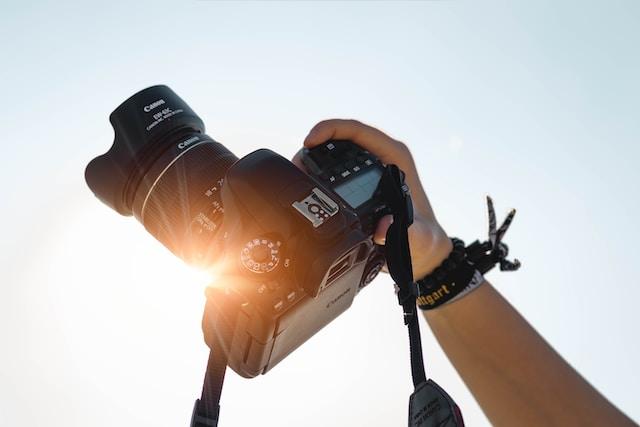
Wildlife photography requires patience, skill, and keen observation to capture stunning photographs of animals in their natural habitats. Editing is an essential part of the process that can elevate your images and make them stand out. In this blog post, Daniel Doyle Pleasantville, photographer, will discuss seven editing techniques that can enhance your wildlife photographs and take them to the next level.
1. Adjust the Exposure:
The right exposure can make all the difference in the quality of your wildlife photographs. An underexposed photo can result in dark and muddy images, while an overexposed photo can appear washed out and lack detail. Adjusting the exposure can help balance the tones and enhance the details of the subject. Use your editing software to adjust the exposure carefully so you don’t lose any highlights or shadows.
One of the advantages of digital photography is that it allows you to adjust the exposure after the fact. This gives you more room to experiment and fine-tune your photos until they look right.
2. Crop and Enhance the Composition:
Cropping is a powerful tool in wildlife photography. It allows you to reframe the image and focus on the subject, removing distracting elements. Composition rules, such as the rule of thirds, can enhance your images.
One way to improve the composition of your photos is to look for leading lines. Leading lines in a photo draw the viewer’s eyes into the frame and towards the subject. Look for branches, rocks, or animal tracks that guide the viewer toward the photograph’s main subject.
3. Sharpen and Reduce Noise:
One common issue in wildlife photography is noise resulting from high ISO settings. However, noise reduction can sacrifice sharpness, so sharpen the photo before reducing noise so you don’t lose details. Use the Sharpening tool to enhance the details of the subject, and then use the Noise Reduction tool to improve the overall quality of the image.
Additionally, you can use the Clarity tool to enhance the contrast and texture of the photo. This will help make your photograph more visually appealing and draw attention to the subject.
4. Adjust the White Balance:
The white balance can significantly affect the mood and tone of your photograph. Every light source has a different temperature, and adjusting the white balance can correct the colors in your image. Use the Temperature and Tint sliders to achieve a natural and realistic look.
You can also use the Preset tool to select a preset closest to the original scene. This can help you achieve an accurate color balance and add more atmosphere to your wildlife photos.
5. Enhance the Colors:
Enhancing the colors can help make your wildlife photographs more vibrant and eye-catching. However, it’s essential to be cautious not to overdo it, as it can make your photo appear unrealistic. Use the Saturation and Vibrancy tools to adjust the intensity of colors while maintaining a natural look.
On the other hand, you can also use the HSL tool to adjust a particular color’s hue, saturation, and luminosity. This feature gives you greater control over individual colors in your photo and allows you to emphasize specific elements.
6. Dodge and Burn:
Dodging and burning are techniques that can enhance your photographs. Dodging brightens the areas you want to highlight while burning darkens the areas you want to emphasize. Use the Dodge and Burn tools to enhance the details, such as textures or fur, while still looking natural. For example, you can use the Dodge tool to lighten the eyes of an animal to make them stand out.
7. Remove Distractions:
Removing unwanted distractions can improve the quality of your wildlife photographs. Use the Clone Stamp or Healing Brush tool to remove any elements that detract from your subject. However, be careful not to overdo it, as it can make your images look artificial.
8. Color Grading:
Color grading is another powerful tool for enhancing your wildlife photographs. This technique involves changing the color palette of an image to give it a unique look and feel. For example, you can use color grading to make your photos warmer or cooler, depending on the mood you want to create. You can also use it to emphasize certain colors in your photograph and make them pop. Color grading can create a vintage or cinematic look, giving your photographs an extra touch of creativity.
Conclusion:
Daniel Doyle Pleasantville, photographer, understands that editing is integral to wildlife photography. By following these seven editing techniques, you can enhance the quality and appeal of your wildlife photographs. Remember that the goal is to make your photographs look natural and realistic while still drawing the viewer’s attention to the subject. Remember to experiment and try different techniques until you find the ones that work best for your images. You can take your wildlife photography to the next level with practice and patience.





